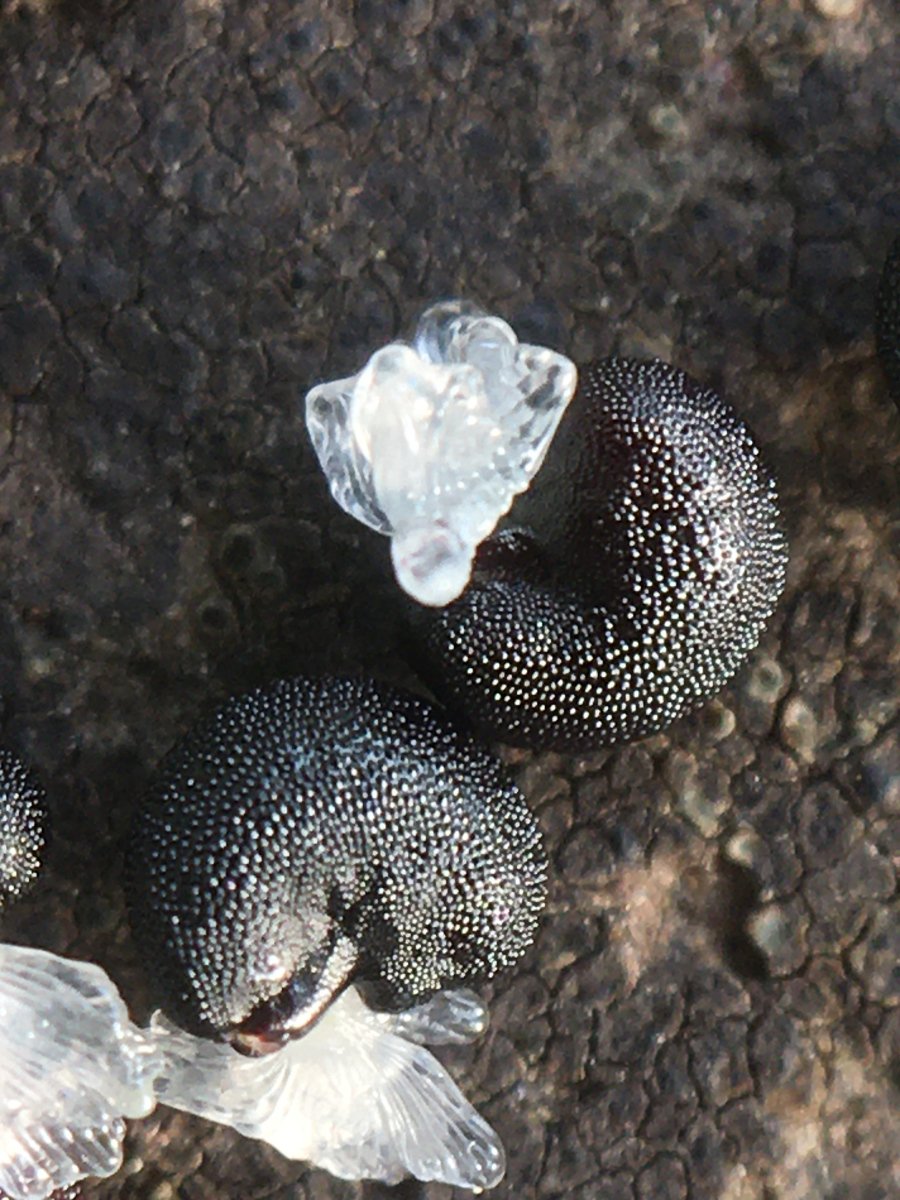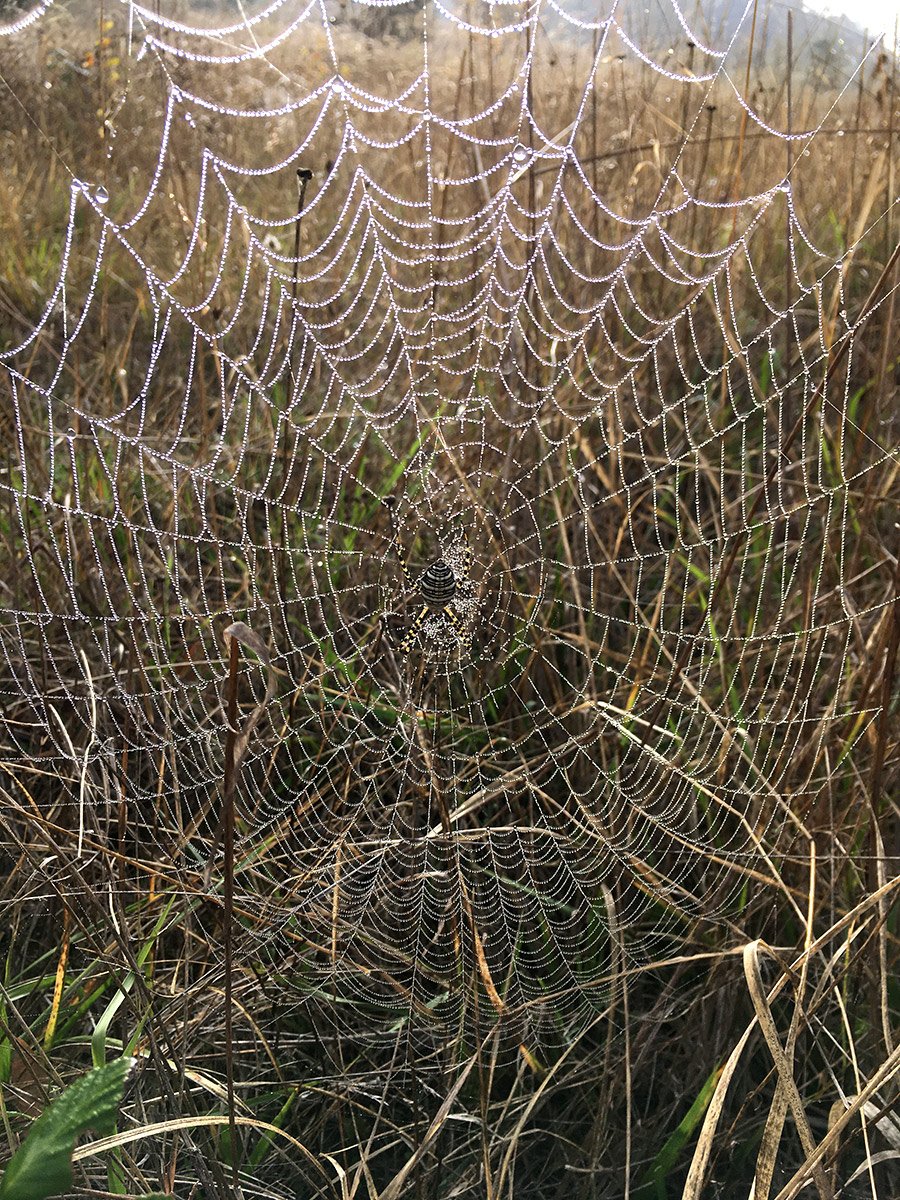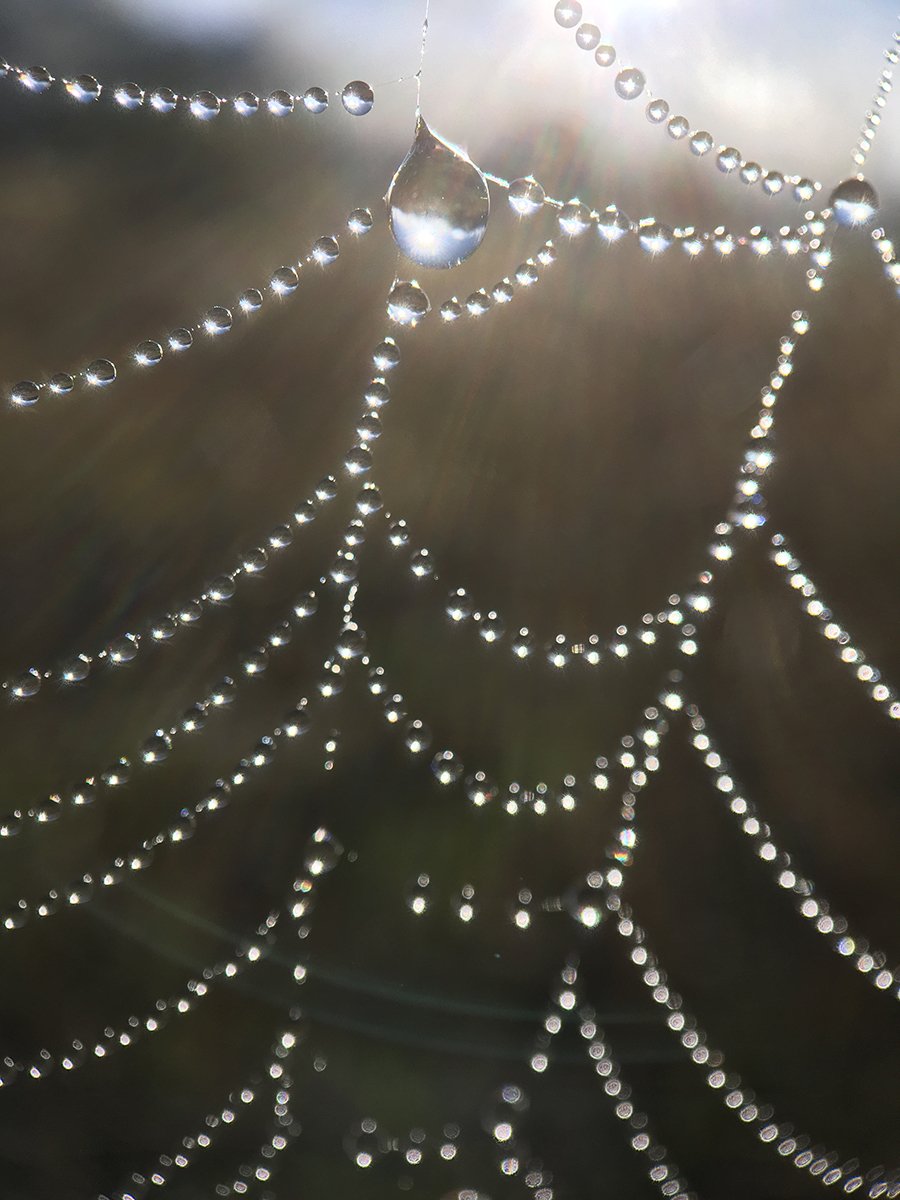Walking through the meadows of the arboretum, I am serenaded by tree crickets. I have been able to find two different kinds. I posted a video last fall (Tree Cricket Singing, 10/18/21) of what I believe is a snowy tree cricket. It has a melodic, pulsing chirp. I think the one I found this year is the western tree cricket. It has a continuous trill that has a crisp, ringing note. You can see from the video that they fan their wings forward and rub them together. The sound resonates quite far across the landscape for such a small, delicate creature.
The Songs of Insects by Lang Elliott and Wil Hershberger had this to say about the songs of insects: “Singing insects produce sounds in a variety of ways. Members of the order Orthoptera typically create sound by ‘stridulation,’ which is the rubbing of one body part against the other. Among crickets and katydids, the base of the forewings is specially modified for sound production. A sharp edge, or ‘scraper,’ at the base of one front wing is rubbed across a bumpy ridge, or ‘file,’ located at the base of the opposite wing.” In the section on tree crickets, they mention that “males of a number of species often sing from the underside of a curled leaf, from the edge of a leaf, or from a hole in a leaf, in order to reduce acoustic interference and thereby increase the intensity of their songs.”
Resource
Elliott, Lang, and Wil Hershberger. The Songs of Insects. Houghton Mifflin Co, 2007.






























































